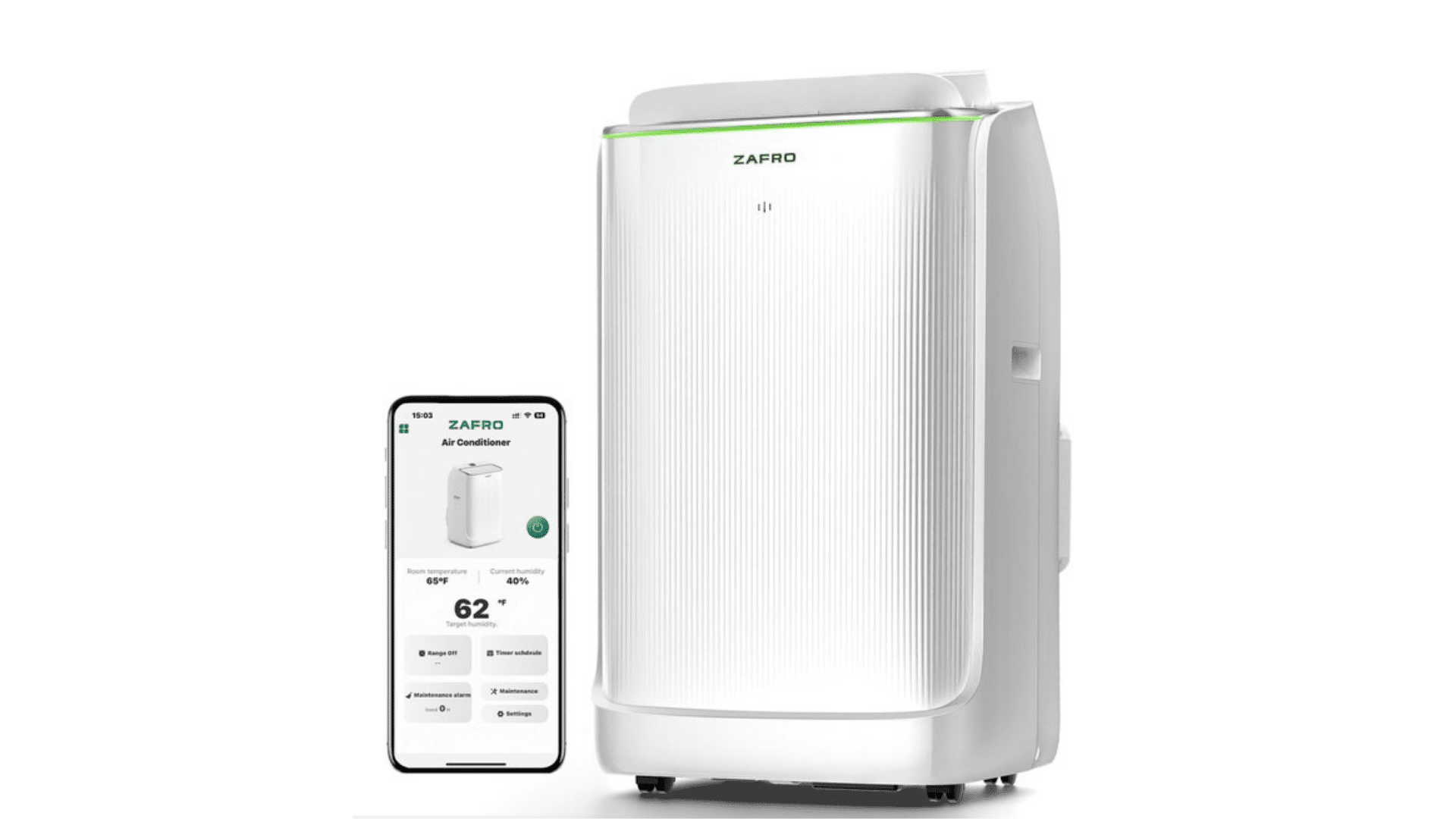Artificial intelligence (AI) has shaken up the corporate world in many industries, and its impact is imminent in the workplace. Workforce management is now about using technology to provide a smart, agile, and forward-looking environment, not only about counting hours and tasks. Companies are rethinking how they handle their most valuable asset: their people. This is because AI and automation are changing many industries.
The change from established norms to digital innovation has been absolutely transforming. Managing employee schedules, measuring performance, and organizing assignments in the past needed manual labor, a lot of documentation, and continual supervision. Modern technologies have simplified these procedures today and transformed them into very effective, data-driven platforms. For example, integrating advanced employee scheduling software into daily operations enables companies to automate shift planning and resource allocation. This technology not only minimizes human error but also allows managers to adapt quickly to changing business demands, ensuring that the right talent is in place at the right time.
AI is also very important for performance management and getting employees involved in their work. From attendance patterns to productivity measures, intelligent systems today examine enormous volumes of data to provide meaningful insights that guide executives in their decisions. These revelations allow managers to see trends, maximize personnel efficiency, and perhaps forecast future employment requirements. By freeing HR experts to concentrate on strategic goals including employee development and retention, automation of regular chores helps to create a more motivated and involved staff.

Data-Driven Decision Making
As companies continue to embrace AI-driven solutions, the possible advantages go much beyond simple efficiency. Predictive analytics is becoming a strong way to look ahead at how the workforce will change in the future. Forecasting demand spikes and possible skill shortages helps businesses actively change their staffing plans, therefore minimizing downtime and guaranteeing continuous output.
Enhancing Employee Experience
Automation has also made it easier to combine several HR tasks. Modern systems combine several systems—such as timekeeping, payroll, and performance reviews—under one digital roof, therefore facilitating a smooth flow of data that increases employee engagement as well as efficiency. Apart from simplifying processes, this integration provides a more customized staff experience.
The Guardian describes, for instance, how an HR manager changed her job by using artificial intelligence to reduce administrative tasks, therefore freeing more time for “deep work” such as improving employee performance and engagement. Furthermore, companies are better able to fund ongoing education and professional development since artificial intelligence techniques are now being employed to fill up skill gaps.
Emerging technology will keep improving how jobs are mechanized, decisions are made, and success is gauged going forward. Deepening integration of artificial intelligence and automation in workforce management will help to create a more flexible, intelligent workplace. Companies that make investments in these transforming tools are now building a strong, competitive future. As Business Insider points out, CEOs are already learning to manage not only human teams but also AI agents, signaling a new era in workforce management.
Ultimately, we are living in the age of the smart workplace. Automation and artificial intelligence are expanding the boundaries of workforce management and changing the emphasis from routine chores to strategic value generation. Businesses are not only simplifying their operations but also building a more interesting and efficient workplace for their staff by adopting solutions ranging from integrated scheduling systems to sophisticated predictive analytics and complete HR platforms. Organizations can negotiate change, inspire innovation, and accomplish sustainable development in a world growing more competitive by means of the proper mix of technology and human intuition.
This is a sponsored post by RANKPA LTD. All reviews and opinions expressed in this post are not based on the views and opinions of Tomorrow’s World Today.







